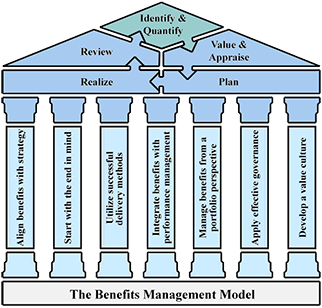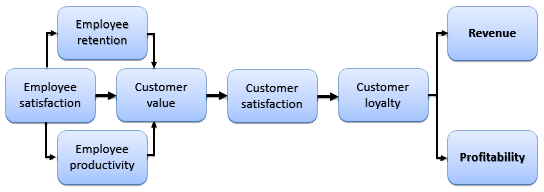In English - Auf Deutsch - Suomeksi - På svenska - Polski - Česky - По Русски - Español - Български
DataPartner
News & Events

News
Why do companies spend so much resources on project development, yet too often fail in delivering expected results?
February 10, 2016
 |
|
Figure 1. "Managing benefits. Optimizing the return from investments" by Steve Jenner. Book cover. |
Recent studies conducted by academics, professional bodies and consulting companies paint a disappointing picture: most of investment projects and programs fail to realize their forecasted benefits and cost significantly more than expected.
“Two thirds of public sector projects are completed late, over budget or do not deliver the outcomes expected” (National Audit Office)
“The success ratio of projects has not increased in 15 years – for full delivery of benefits the success figure is still around 5 %.” (research by Capability Management)
“Up to 70 % of change initiatives fail to deliver on the benefits that they set out to achieve” (John Kotter)
The regularly reported poor return on investments appeared to be a driver for a change - in mindset, in investment appraisal approaches and in business management in general. “Benefits Management” written by Steve Jenner is a new practice and a guide, which is relevant for anyone seeking to optimize benefits realization from an organization’s assets.
 |
|
Figure 2. The Benefits Management Model. Source: "Managing Benefits" book by Steve Jenner |
The fundamental idea of Benefits Management lays in recognition of benefits as a core dimension or rationale in justifying any project or program. Benefits are no longer considered as an add-on to project deliverables, on the contrary, they should be considered as a driver behind all change initiatives (from initiation to implementation and beyond).
Benefits management cycle consists of five following practices:
- Identify & Quantify
- Value & Appraise
- Plan
- Realize
- Review
Which in turn depend on seven core principles listed below:
- Align benefits with strategy
- Start with the end in mind
- Utilize successful delivery methods
- Integrate benefits with performance management
- Manage benefits from a portfolio perspective
- Apply effective governance
- Develop a value culture
One of the most interesting sections of the book explains how to value and appraise benefits in monetary terms. Following topics are reviewed in this section: valuation of financial and non-financial benefits and four main appraisal approaches: Cost-benefit analysis, Real option analysis, Cost-effectives analysis and Multi-criteria analysis.
Effective management of benefits’ realization depends on the selection of appropriate appraisal approach. One of the most commonly used forms of investment appraisal is based on Discounted Cash Flow methodology. This is where Invest for Excel® software can help managers ensure that resources are allocated to the most profitable change initiatives without getting lost in the ocean of sophisticated and complex mathematical models.
Simple scenario of engaging Benefits Management in a financial calculation: |
||
|
Imagine a Company A that invests in employee satisfaction and loyalty improving practices (e.g. training opportunities, social and recreational activities or other self-development experiences). “Happy employees” are a benefit that is not reflected in company’s bottom line such as NPV. Company B, with otherwise identical operations does not have those practices and their costs.
The key is understanding the link between initial benefit-related investment and real profitability or revenue growth figures. Therefore, in this example case, Company A with the benefit of “happy employees” and slightly smaller NPV could have much better results in the long term. |
||
To conclude, benefits realization management is a fascinating and modern topic, attracting more and more organizations to look at business operations from another angle and to make a significant change in core principles of project management - shifting from traditional project or investment appraisal to efficient benefits realization practices. Be warned: if you read it, you will very likely want to try it!
